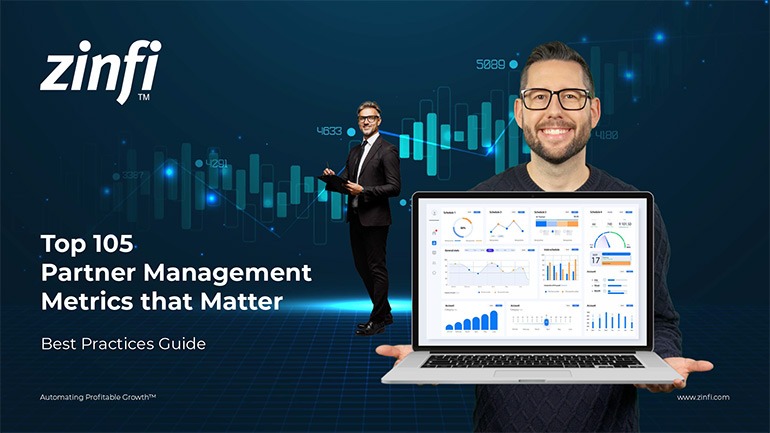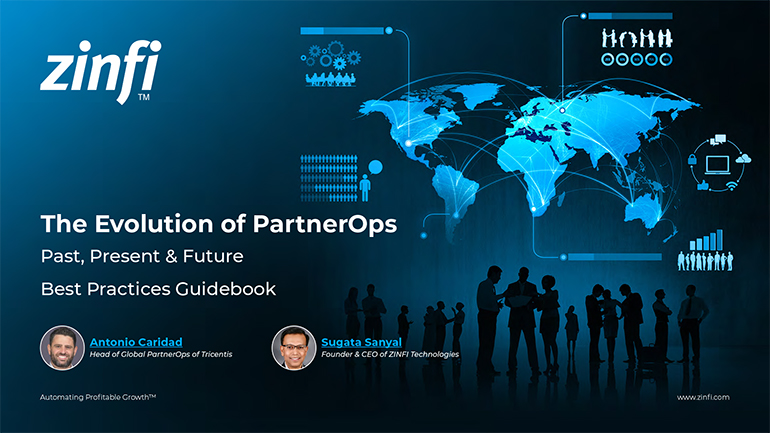Glossary - How to - PRM Software
How to Choose the Best PRM Software?
Introduction
What is PRM Software?
Partner Relationship Management (PRM) software is a digital solution designed to streamline the management of business relationships between a company and its partners. It provides onboarding, training, communication, performance tracking, and incentive management to enhance collaboration. PRM software helps organizations efficiently manage indirect sales channels by offering a centralized platform for partners to access critical resources and track their progress.
PRM software is essential in today’s business environment, where indirect sales channels play a crucial role in revenue generation. Companies that rely on resellers, distributors, and affiliates benefit from PRM solutions as they provide automation, improve partner engagement, and drive more sales. The right PRM software can ensure effective partner collaboration, boost productivity, and improve profitability.
Importance of PRM Software in Partner Management Automation
Incorporating PRM software into partner management automation is critical for organizations looking to optimize their channel programs. PRM software integrates with Customer Relationship Management (CRM) tools, Learning Management Systems (LMS), and marketing platforms to create a seamless workflow.
Automating partner management with PRM software eliminates manual processes, reduces administrative overhead, and ensures real-time collaboration. Features like deal registration, partner portals, automated training, and performance analytics enhance efficiency and allow businesses to scale their partner programs effectively. Organizations can improve partner engagement, maintain brand consistency, and drive revenue growth by leveraging PRM software.
Key Takeaways:
Identify Your Business Needs:
Before selecting PRM software, businesses must assess their specific needs. Consider factors such as:
- The number of partners to manage
- Required integrations with existing systems (e.g., CRM, ERP, LMS)
- The complexity of partner onboarding and training
- Reporting and analytics needs
A clear understanding of business requirements ensures software selection that aligns with organizational goals and partner program objectives.
Evaluate Essential Features:
The best PRM software solutions offer a variety of features to enhance partner collaboration and performance. Key features to look for include:
- Partner Onboarding & Training: Automated workflows to guide new partners through onboarding.
- Deal Registration: A system that allows partners to register deals and avoid conflicts.
- Marketing & Sales Enablement: Access to marketing materials, co-branding tools, and lead-sharing capabilities.
- Performance Tracking & Reporting: Analytics to measure partner success and optimize strategies.
Consider Integration Capabilities:
A PRM solution must integrate seamlessly with existing tools to ensure efficiency. Look for software that supports:
- CRM Integration (e.g., Salesforce, HubSpot)
- Learning Management System (LMS) Integration
- Marketing Automation Tools
- E-commerce and Payment Gateways
Prioritize User Experience:
The effectiveness of PRM software depends on user adoption. A platform with an intuitive interface, mobile accessibility, and self-service capabilities will encourage partners to engage actively. Conducting user testing before implementation ensures a positive experience for partners.
Analyze Costs and ROI:
PRM software cost varies based on features, scalability, and deployment model (cloud-based vs. on-premise). Consider the total cost of ownership, including licensing fees, implementation costs, and ongoing support. Evaluating the return on investment (ROI) ensures the software aligns with business objectives and partner program goals.
Summary of Key Takeaways:
- Define business needs before selecting PRM software.
- Ensure essential features such as deal registration and performance tracking.
- Choose software that integrates seamlessly with existing systems.
- Prioritize ease of use to maximize partner engagement.
- Assess costs and expected ROI to make an informed decision.
Key Examples:
- Automotive Manufacturing: Automotive manufacturers rely on PRM software to manage dealer networks, track sales performance, and distribute marketing materials. The software helps standardize brand messaging across multiple dealerships.
- Consumer Electronics: Consumer electronics companies use PRM software to provide sales training, track promotions, and manage incentives for distributors and resellers.
- Energy Production: PRM software in the energy sector enables partners to collaborate on renewable energy projects, access training resources, and track regulatory compliance.
- Financial Services: Financial institutions use PRM solutions to manage partnerships with independent financial advisors, ensuring compliance and offering co-branded marketing support.
- Food and Beverage: PRM platforms help food and beverage brands distribute promotional materials, manage supply chain relationships, and track distributor performance.
- Healthcare Services: Healthcare organizations utilize PRM software to collaborate with medical device distributors and manage training programs for healthcare professionals.
- Information Technology: IT companies use PRM solutions to manage reseller programs, track software licensing, and provide technical support to partners.
- Pharmaceutical Development: Pharmaceutical firms rely on PRM software to ensure regulatory compliance, manage distributor relationships, and facilitate co-marketing initiatives.
- Retail Industry: Retail brands leverage PRM platforms to streamline supplier relationships, track sales performance, and enable e-commerce integrations.
- Telecommunications: Telecom providers use PRM solutions to manage reseller programs, provide training for sales partners, and optimize service distribution networks.
Conclusion:
Selecting the right PRM software is crucial for businesses to optimize partner management. Organizations can make an informed decision by assessing business needs, evaluating essential features, ensuring seamless integration, prioritizing user experience, and analyzing costs.
PRM software enhances partner collaboration, automates administrative tasks, and provides valuable insights to improve performance. The right PRM solution can drive efficiency, scalability, and revenue growth. By implementing these insights, businesses can select the best PRM software to enhance partner engagement and drive success in their partner programs.
Associated Keywords:















